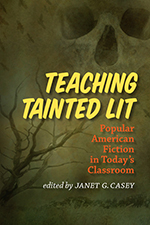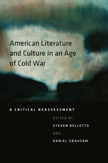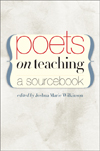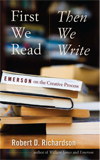Teaching Tainted Lit
when prompted by shopping cart
“Teaching Tainted Lit provides practical approaches to teaching popular literature through essays that are concrete, theoretical, and personal. It succeeds admirably in this aim; the essays are wide-ranging, interesting, and have already given me many ideas to use in my own teaching.”—Jaime Harker, author, America the Middlebrow: Women’s Novels, Progressivism, and Middlebrow Authorship Between the Wars
“This is an impressive collection of pedagogic strategies on how to teach American popular literature. The essays are master classes in integrated reflective learning, showing how bringing noncanonical texts into the classroom enhances student learning by extending and deepening their literary and cultural awareness. This will become an important source for popular culture lesson planning.”—Kate Macdonald, author, Novelists Against Social Change: Conservative Popular Fiction, 1920–1960
Popular American fiction has now secured a routine position in the higher education classroom despite its historic status as culturally suspect. This newfound respect and inclusion have almost certainly changed the pedagogical landscape, and Teaching Tainted Lit explores that altered terrain. If the academy has historically ignored, or even sneered at, the popular, then its new accommodation within the framework of college English is noteworthy: surely the popular introduces both pleasures and problems that did not exist when faculty exclusively taught literature from an established “high” canon. How, then, does the assumption that the popular matters affect teaching strategies, classroom climates, and both personal and institutional notions about what it means to study literature?
The essays in this collection presume that the popular is here to stay and that its instructive implications are not merely noteworthy, but richly nuanced and deeply compelling. They address a broad variety of issues concerning canonicity, literature, genre, and the classroom, as its contributors teach everything from Stephen King and Lady Gaga to nineteenth-century dime novels and the 1852 best-seller Uncle Tom’s Cabin.
It is no secret that teaching popular texts fuels controversies about the value of cultural studies, the alleged relaxation of aesthetic standards, and the possible “dumbing down” of Americans. By implicitly and explicitly addressing such contentious issues, these essays invite a broader conversation about the place of the popular not only in higher education but in the reading lives of all Americans.
Alissa Burger, Michael Devine, Melissa Gniadek, Jolene Hubbs, Lisa Long, Antonia Losano, Derek McGrath, Richard Schur, Randi Lynn Tanglen, Kathleen M. Therrien






